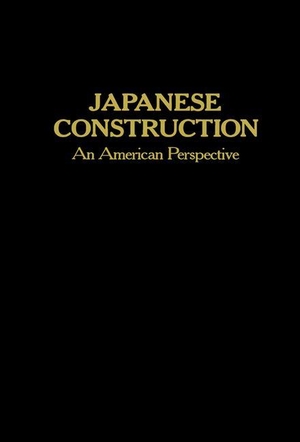Für statistische Zwecke und um bestmögliche Funktionalität zu bieten, speichert diese Website Cookies auf Ihrem Gerät. Das Speichern von Cookies kann in den Browser-Einstellungen deaktiviert werden. Wenn Sie die Website weiter nutzen, stimmen Sie der Verwendung von Cookies zu.
Cookie akzeptieren
- Springer US
- 2012
- Taschenbuch
- 432 Seiten
- ISBN 9781468466676
The 1970s and 1980s have been marked by turbulent times for certain portions of America's industrial base, as their dominance of many do mestic and foreign markets has eroded. During such times of stress it is tempting to create scapegoats in order to rationalize shortcomings. Much is heard about the Japanese in this regard. How they have contributed to the deterioration of specific segments of American indus try, how jobs in the U. S. are being lost to foreign competition, and how the resulting trade deficit will be the downfall of us all. Much of this rhetoric has been directed against the Japanese automobile manu facturers
Mehr
Weniger
zzgl. Versand
in Kürze